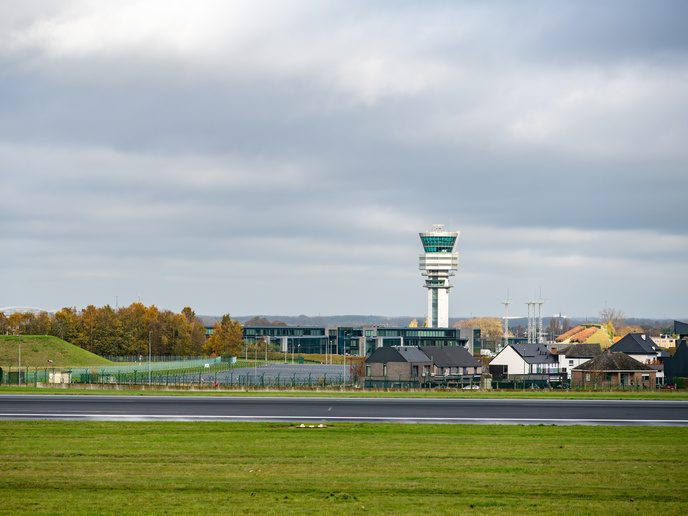Revolutionary aircraft design on the horizon
Aircraft design has changed little since the 1960s, but radical new innovations are now on the horizon. One of these is the pod concept, which enables passengers to board a plane as if they're boarding a metro wagon. The EU-funded FANTASSY(opens in new window) (Future aircraft design following the carrier-pod concept as an enabler for co-modal seamless transport, passenger safety and environmental sustainability) project worked on such a concept to bring about seamless air transport, coupled with enhanced passenger safety and environmental protection. The project envisioned a new aircraft design that combines a 'passenger pod' and a 'carrier' aircraft to receive it. Although the concept may not be technologically feasible at this point, it is important to work on it in order to achieve a reliable prototype in two or three decades. In this context, FANTASSY evaluated the feasibility of the carrier aircraft-passenger pod concept following a well-defined process. More specifically, the project outlined what the aircraft will look like and how it will function. It defined the air transport system required for seamless mobility and door-to-door services. This involved in-depth investigation into technologies and materials currently under development that could be integrated into the modular aircraft design. Considerations under study included propulsion systems and energy storage. In this context, the project team identified concepts and technologies that could be viable by 2050 or earlier. The focus was also on concepts developed by NASA, Airbus and other key players in the industry. In addition, FANTASSY completed a study on future aircraft configurations and other concepts available today in line with the project's vision. In particular, the team proposed two preliminary pod and aircraft configurations: one that attaches the pods externally and one that accepts the pods internally. It subsequently outlined critical performance parameters to enable selection of the most promising solution. Benefits of such concepts include better intermodal passenger transport and cargo modules compatible with both rail and air transport modes. The same pods could in theory be transferred from the aircraft to a rail vehicle seamlessly, increasing passenger comfort and safety. Such a system would also enable passengers to enjoy distributed airport facilities away from the runway, for example at a railway station, and then be transported directly to the carrier aircraft by rail. Realising such a concept would bring about faster and easier passenger embarkation, increased flexibility in maintenance and easier evacuation in case of emergency. This radical new take on aircraft transport could redefine air travel and make it much more comfortable than ever before.







